Technology in Operations Management: The 21st century has redefined the way airports function. No longer just transit points for aircraft and passengers, modern airports are now bustling hubs of activity, complete with shopping centers, entertainment zones, and business centers. To manage this complexity and ensure smooth operations, airport managers are increasingly turning to technology. This article delves into how technology is reshaping operations management at airports and the operational strategies that drive this transformation.
Technology in Operations Management: Operational Strategy for Airports
1. Introduction: The Evolving Landscape of Airport Operations
As global air traffic continues to grow, airports face mounting pressures. Challenges range from managing large volumes of passengers and ensuring timely flight operations, to providing top-notch facilities and services. In such a scenario, operational efficiency is paramount, and technology has emerged as the key enabler.
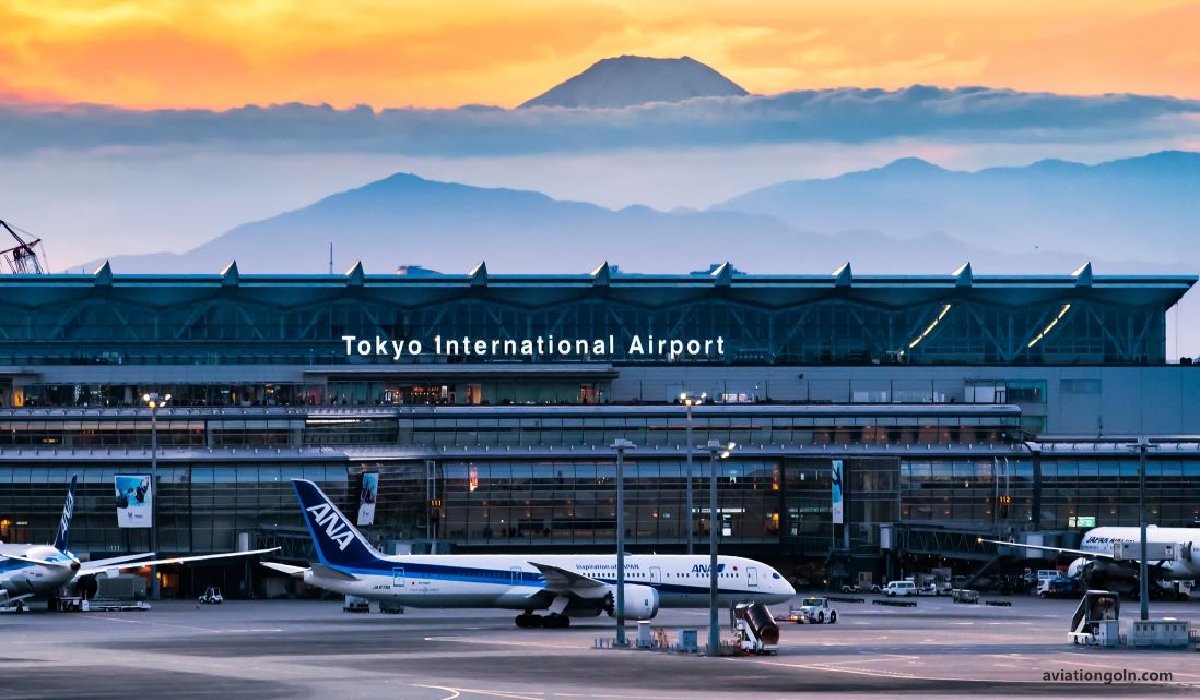
2. Passenger Management and Flow
- Biometric Systems: Facial recognition and fingerprint scanning have eased bottlenecks at immigration and security checks. These biometric systems not only improve passenger flow but also enhance security measures.
- Mobile Applications: Many airports have proprietary mobile apps that guide passengers through the airport, update them on flight status, and offer services like booking lounges or shopping discounts.
- Smart Signage: Digital, AI-driven signboards now replace static ones. They adjust messages based on crowd density, time of day, or specific flight details.
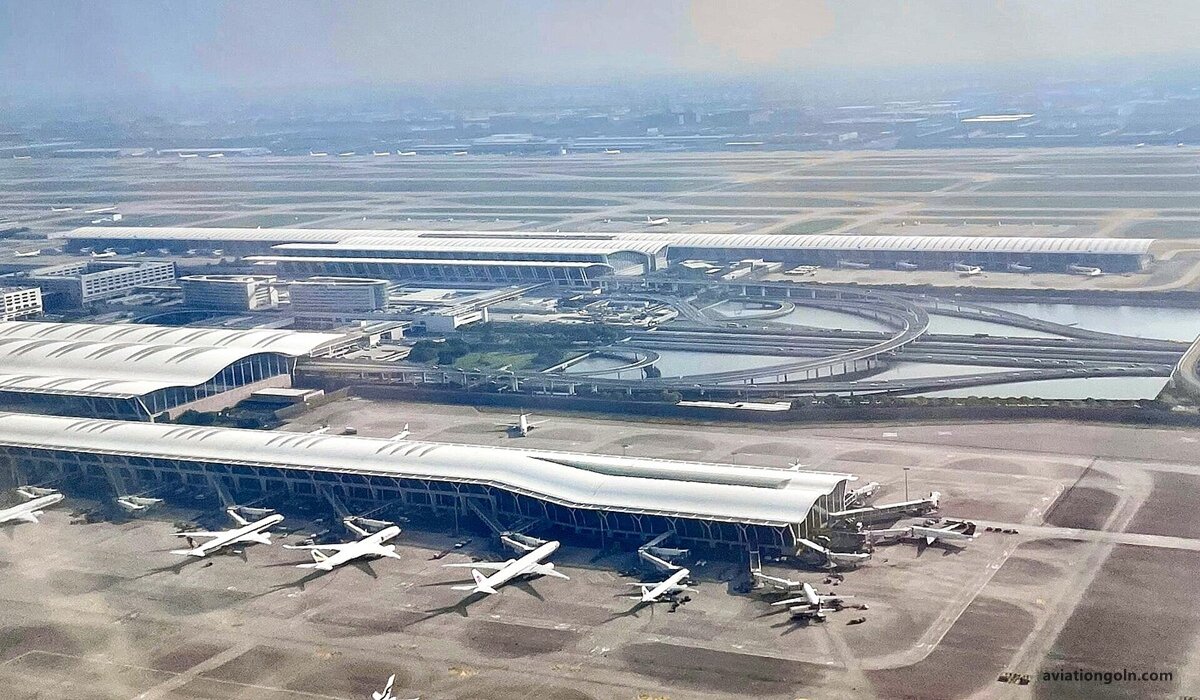
3. Asset and Resource Management
- IoT (Internet of Things) in Maintenance: Sensors on escalators, walkways, or lighting systems send real-time data about their operational status, predicting when maintenance is due or when a breakdown is imminent.
- Resource Scheduling Systems: Sophisticated algorithms ensure that human resources, from security personnel to cleaning staff, are optimally scheduled based on passenger traffic predictions.

4. Safety and Security
- AI-Powered Surveillance: Modern CCTV cameras are no longer passive recording devices. Powered by AI, they can detect suspicious activities or unattended bags, alerting security personnel instantaneously.
- Drone Technology: Drones patrol the peripheries of many modern airports, ensuring that the vast expanses of runways and airport boundaries are secure.
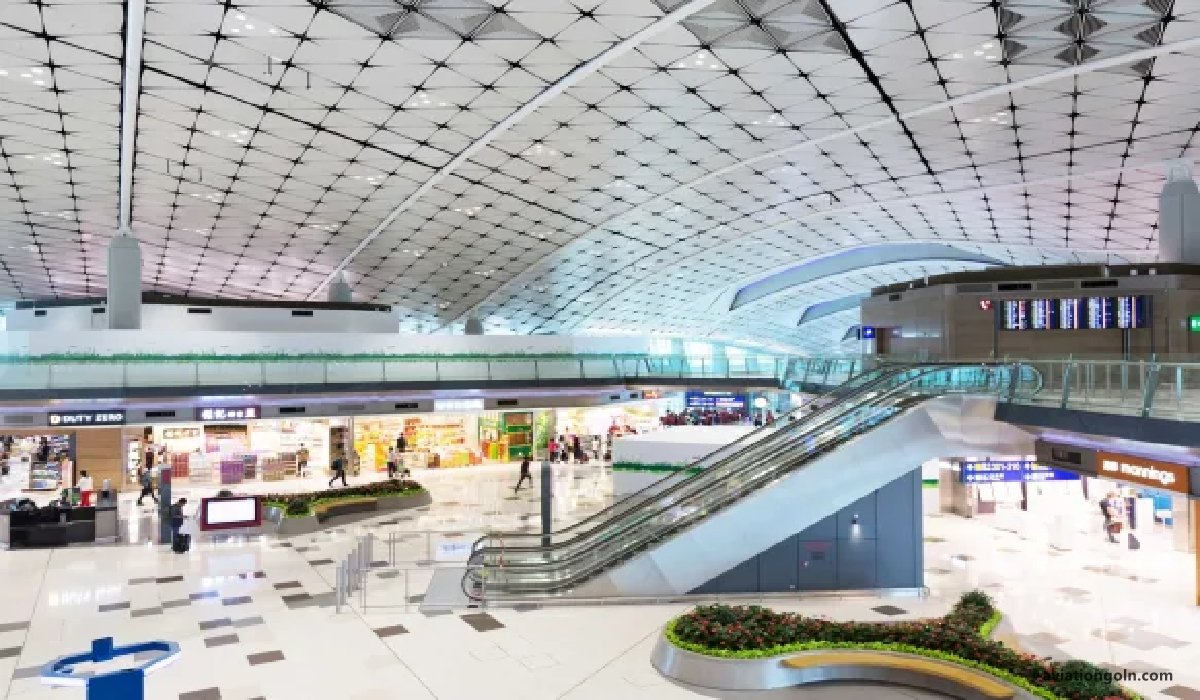
5. Operational Efficiency in Air Traffic Control
- Digital Control Towers: Some airports are experimenting with remote digital control towers. Cameras around the airport send feeds to a remote location where air traffic controllers manage landings and takeoffs.
- Predictive Analytics: By analyzing historical and real-time data, predictive models can anticipate air traffic congestion, helping controllers manage flight movements more efficiently.
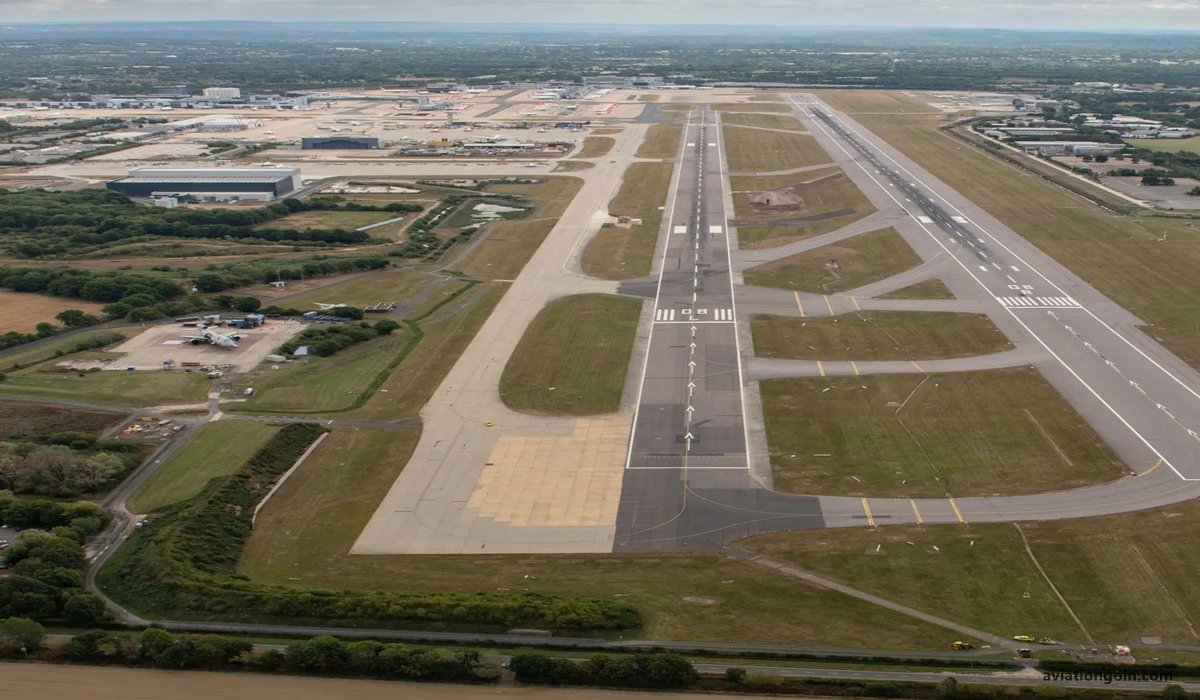
6. Sustainability Initiatives
- Smart Energy Management: Sensors monitor energy usage across the airport, from terminals to runways, optimizing energy consumption and reducing costs.
- Waste Management Technologies: Smart bins segregate waste, and automation in waste treatment ensures efficient recycling.
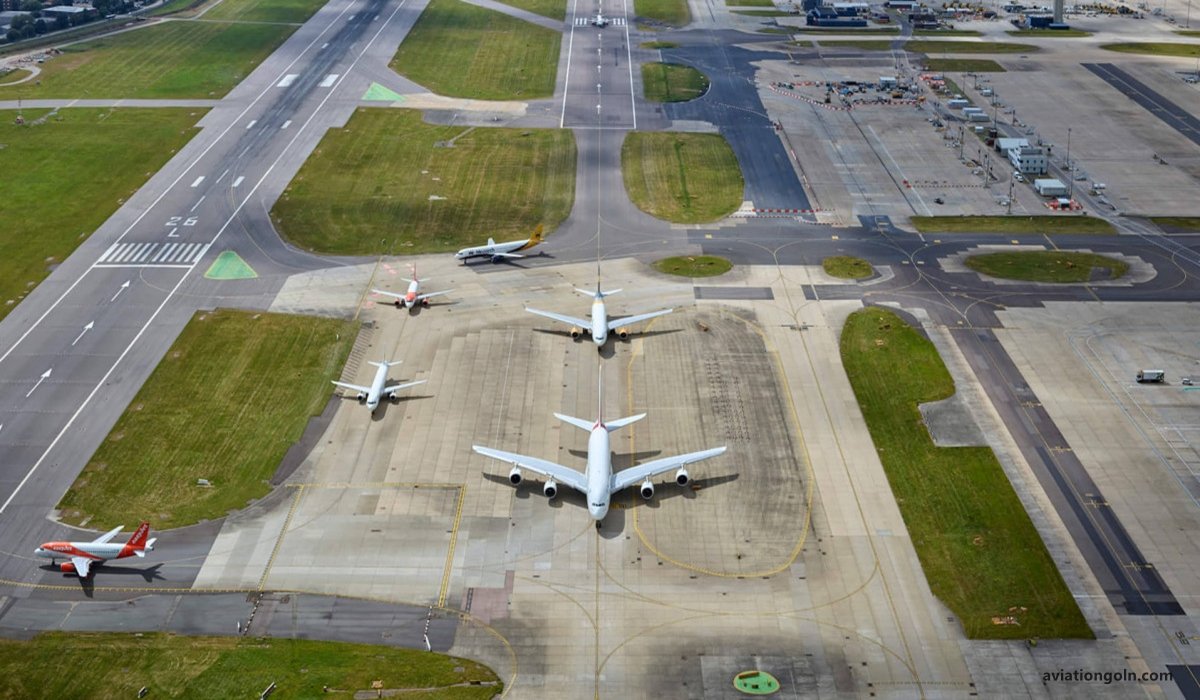
7. Enhancing Passenger Experience
- Virtual Reality (VR) Lounges: While waiting for their flights, passengers can now use VR to shop in virtual malls, explore their destination city, or even relax on a virtual beach.
- Robotic Assistants: In some airports, robots guide passengers, carry their luggage, or even entertain children.

8. Operational Strategies Driving Technological Adoption
- Customer-Centric Approach: The modern passenger, accustomed to digital conveniences, expects a seamless experience. Airports are adopting technologies that cater to this evolved customer profile.
- Data-Driven Decision Making: With a multitude of sensors and data collection points, airports are transitioning from intuition-based decisions to a data-driven approach.

- Agility in Operations: The unpredictable nature of air travel, from weather disruptions to geopolitical situations, requires airports to be agile. Technology provides the tools to quickly adapt to changing scenarios.
- Collaborative Approach: Airports, airlines, ground handlers, and retail tenants are all part of the airport ecosystem. Collaborative platforms ensure that all stakeholders have access to relevant data, making operations smoother.
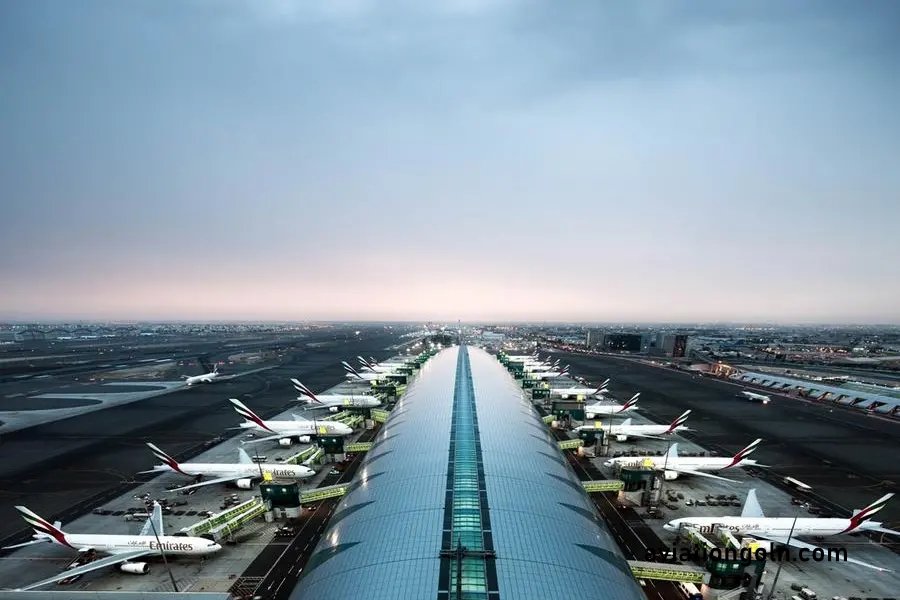
9. Challenges and Roadblocks
- Integration with Legacy Systems: Many airports, especially older ones, run on legacy IT systems. Integrating modern technologies with these systems is challenging.
- Cybersecurity Concerns: With increased digitization comes the threat of cyberattacks. Ensuring the cybersecurity of sensitive flight data and passenger information is paramount.
- High Initial Investments: Upgrading to the latest technologies requires significant capital expenditure. Not all airports, especially those in smaller cities or developing countries, might have the financial muscle.
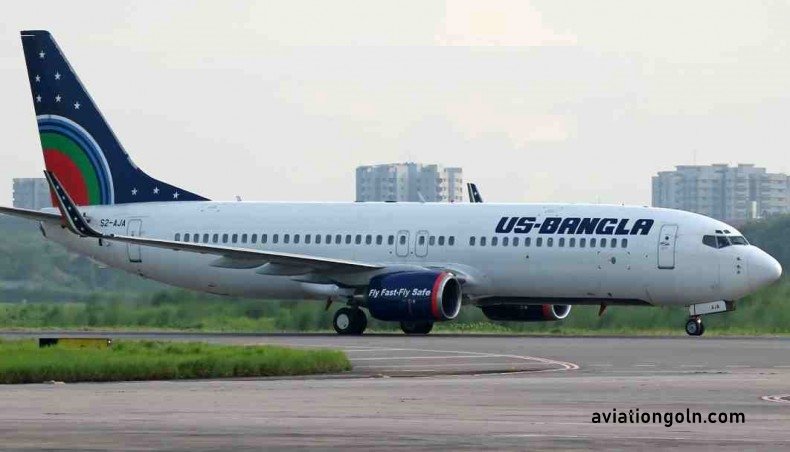
10. The Future: A Glimpse into Next-Gen Airports
- Hyperloop Connectivity: Future airports might integrate with hyperloop systems, drastically cutting down travel time between the city and the airport.
- Spaceports: With commercial space travel on the horizon, airports might evolve into spaceports, catering to both aircraft and spacecraft.
- Fully Autonomous Airports: From check-in to boarding, every process might be automated, requiring minimal human intervention.

Technology in operations management is not just about adopting the latest gadgets or software. It’s about creating a strategic vision for the airport and identifying how technology can fulfill that vision. As airports around the world embrace the digital age, the ones that align their operational strategies with technological capabilities will soar above the rest, setting new standards in efficiency, safety, and passenger experience.
See more:
